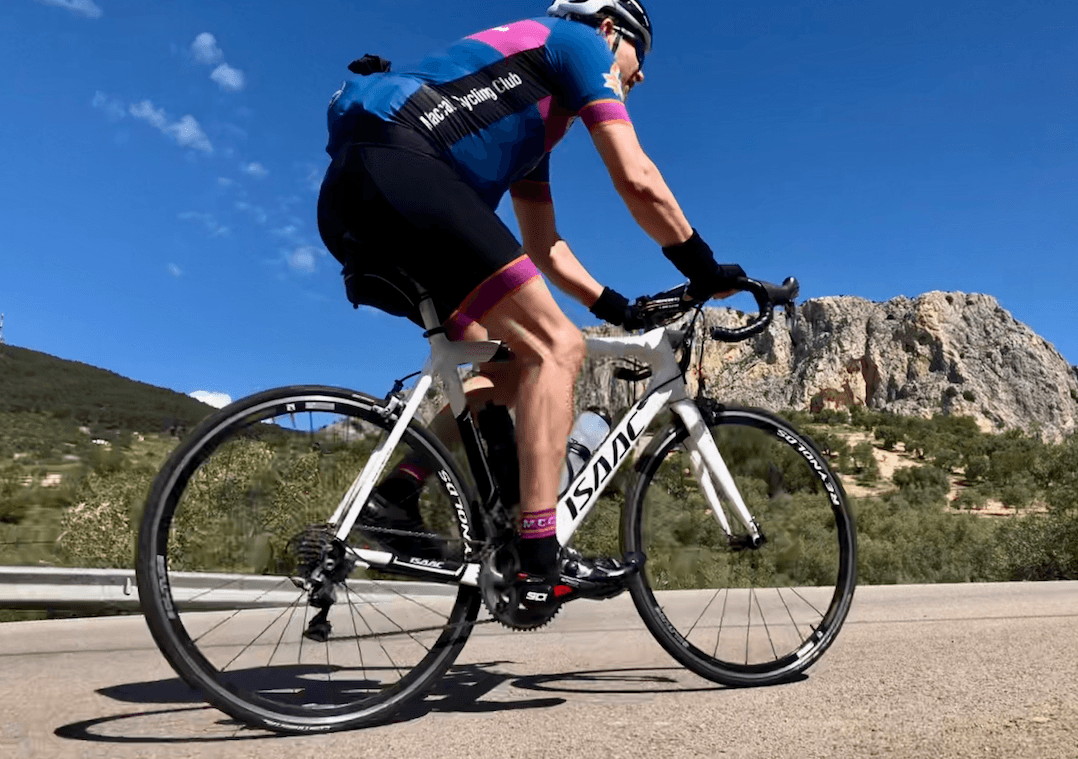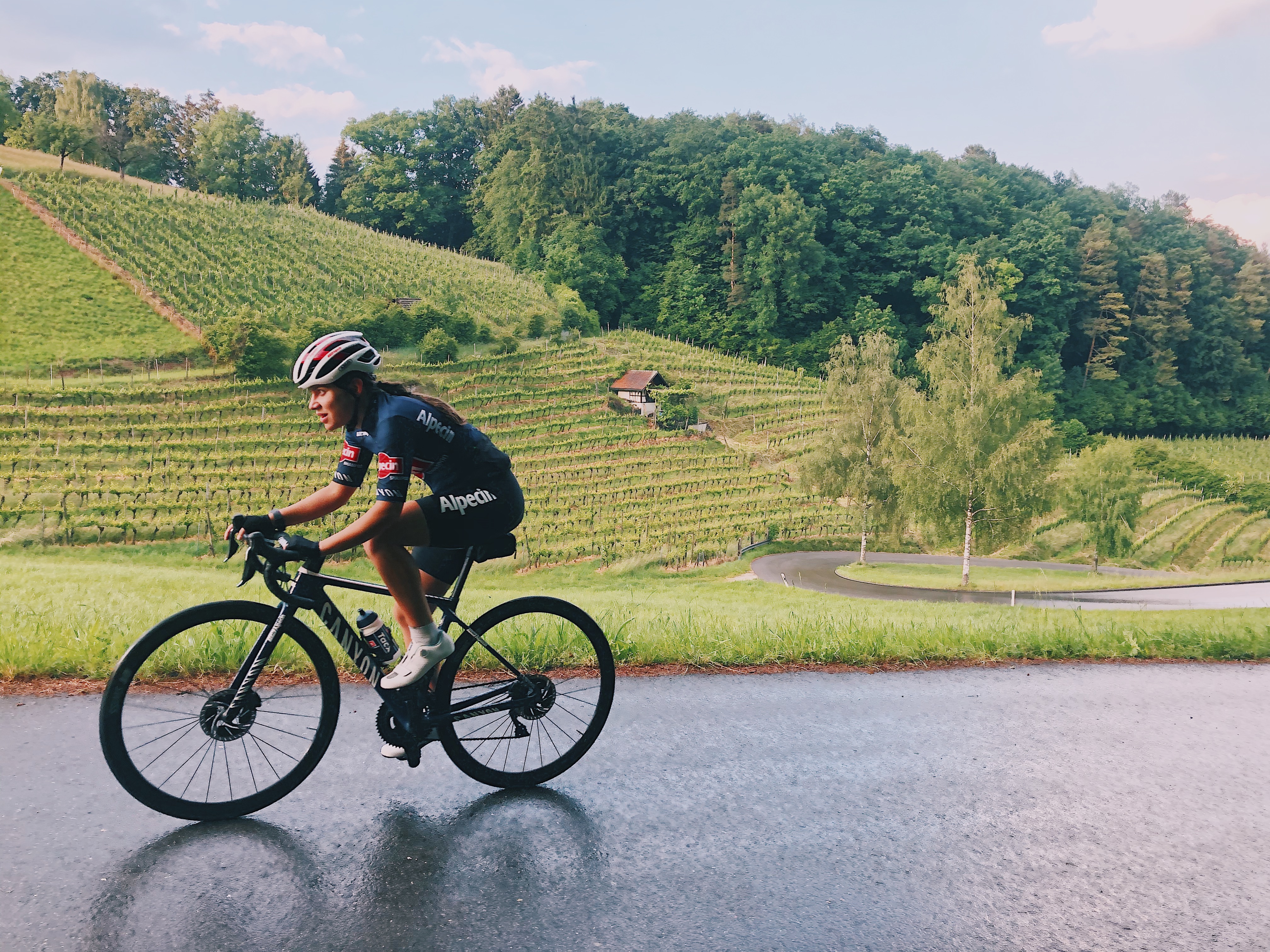Unboxing and Initial Setup
Once you get your new power meter, the most important thing is to ensure that all components are in the package. They will include the power meter itself, installation tools, along with a user manual. It is crucial to carefully unbox each item and match them to the packing list to ensure that none of the necessary components for setting up a power meter are missing.
Installation
A precise process that requires appropriate connection of the accessory. Depending on the specific model of your bicycle, determine whether the power meter will be connected to the crank arm or wheel hub. Use the installation tool that was shipped with the power meter and follow the torque specifications, as highlighted in the provided manual. Secure the attachment and make sure that it is appropriately installed to prevent the power meter from falling or potentially damaging any parts of your bike. The use of provided tools will ensure that required torque is maintained, while connections are secure. Incorrect installation may cause the power meter to provide inaccurate data or cause certain negative consequences, such as bike damage.
Calibration
For your power meter to deliver accurate data, it is essential to properly calibrate the device. Perform a zero-offset calibration before your first ride. Your bike in a stationary position, ensure the power meter’s application is working, or connection to compatible cycling computer is established.
Sync with devices
To ensure that power meter is fully operational, sync the device with other cycling tools, a smartphone application or a GPS unit. While this is a minor step in the process of power meter application, it is necessary for tracking your rides and analyzing the data. In addition, ensure that your devices recognize the power meter and checks that all firmware is up to date.
Practical Application Example
I want to see how my training is progressing, and monitoring the performance is probably the most effective way of doing so. Each time I train, I use the power meter. During a 40-kilometer training ride, I frequently single out obstacle-free segments and observe how the reading on my power meter has changed when going up the hill compared to the flat surface. I track the power output, engaging in proper pedaling. In a tracker, I record the results. Over the weeks of training, I can see how my stamina and strength have improved, and now I am at a better place to decide on training strategy.
Data Utilization
Average power, peak power, and comparisons of these readings with cadence or heart rate data help me develop a more detailed approach to my training. By correlating the results, I can have a better understanding of which training intensity I should utilize. I can integrate sprint power plays or bigger hills into my training.

Understanding the Basic Metrics
Many cyclists using a power meter often do not know the meanings of the evaluated metrics. While those metrics can help riders to improve their training and efficiency, not knowing their interpretation limits the given advantages. The power reflects a rider’s effort, and the measurements are usually evaluated in watts. Power meters can test the power while also counting how rapidly energy has been consumed.
If the riders sustain 250 watts and reach the top over 10 minutes, it either means that their endurance or greater strength has been improved compared to the previous session. Tracking increases or decreases in average power is vital to understanding whether improvements are increasing or declining. The next parameter tested by a power meter is cadence which is evaluated in revolutions per minute .
A higher cadence means better efficiency, yet the optimal yields vary by discipline and physiology. Meanwhile, it may be useful to monitor different cadence types to evaluate efficiency and power. Heart rate per minute is another parameter which tests what has happened in the cardiovascular system. For the purposes of the analysis, it should be assumed that heart rate is not measured by most power meter. Instead, power meter users monitor it to know how hard they ride and set up a training area.
Since there is a sustainable effort, the time in which the rider improves their output involves measuring the power and heart rate. A larger improvement means a better cardio-fitness. There are more advanced metrics on the power meter – the Torque Effectiveness and Pedal Smoothness. The first indicates the width of the pedal stroke that drives the wheel forward, while the second determines how smooth the pedal stroke is. Improving the metrics helps to move forward easier and faster.
The chosen practical example covers an activity which can be completed using a power meter. The riders can measure advances in their sprint performance by increasing their output and alternative rate of cadence. A suitable effort for the purposes of this analysis should involve 30-second intervals in which seven efforts to keep the power above 500 watts and 90 RPM of cadence have been made. Completing this task helps to understand sprinting better by comparing obtained measurements and the usual ways of reaching maximum power.
First Ride
Preparing for the First Ride with New Power Meter
One of the first steps with a new power meter is a special type of excitement related to the first set of effective data from one’s rides. With regard to the excitement, it becomes especially relevant for those learners who try to take advantage of cycling analysis to boost the pace and maximize their potential. To facilitate the first ride with a power meter, one can follow several preparation steps.
Checking Installation
Before starting or setting up the power meter’s components, double-check the installation of the equipment. It is vital to make sure the power meter is securely attached and there are no parts falling or potentially becoming loose during the ride. The same tip can possibly prevent the situation of equipment failure, which would result in providing zeroes instead of effective numerical values during the ride.
Setting Your Power Meter
The user must also make sure the power meter’s display is properly set up and the device one is using to operate it is correctly connected. Namely, one should customize a display showing the parameters they are most concerned with, likely to be power, resistance, cadence, and heart rate. This aspect should also ensure professional monitoring of effective data to analyze.
Preparing the Ride
To effectively begin the first ride and ensure the power meter works fine, one should also start with a warm-up. The process usually includes a 10-15-minute light pedaling, after which one should properly check the output to analyze whether the power meter works in accordance with input requirements.
Main Part
As the main part started, the structured workout, the person should also implement different types of exercises to test the power meter. This may include, a steady workout with specific resistance, namely, 5 minutes followed by 1 minute of rest. During the exercise, the students can observe whether the power meter can track sudden resistance changes.
Hill Climb
For a more effective result, the student may also try performing a hill climb as a practical example. The recommended resistance to keep the exercise productive is to maintain a set amount of watts under a specific gradient. For comparison, it can be maintaining 5-5 watts by a 10% gradient during a 10-minute period. This exercise will help the learner to understand how they should pace themselves on different terrains.
Interpreting the Data
Figuring out how to read your power meter data can help put the tool to work and quantifiably improve your cycling. Sensitivity to what the data represents helps produce reasoned reaction to your exercise and recovery. There are numerous ways to analyze the data from your power meter.
Pay special attention to power output, for both average power and normalized power.Power output will distance your perception-based post-ride summary and help understand the biological stress during the ride. Ride can have high normalized power and reduced average power if ride has tons of hydrogen and has the rider laying down tons of short, intense bursts followed by rest.
One should pay close attention to Training Stress Score Points to quantify the overall stress that the workout places on your body. If a particular ride has assigned you higher TSS points, it means your ride was more “hectic” One should make a point of keeping tabs on these vis-à -vis your previous rides, and this way one should better know when to skip ride and affects better recovery.

Apply power zones
I once was advised to spend the time plotting your power zones based on the most recent power data test with a bit more or less than that, either with the expected FTP. Training in a specific power zone, one can notably have significant improvement either of their general endurance, threshold, or high-intensity ability. Likewise, FTP can be very useful in helping keep training in the required zone.
Practical application
Long endurance is the right zone/zone 2. Train the aerobic fitness to exhaustion or overtraining at the lowest possible fraction. Target for 55 to 75% of FTP for 3 hours. ‘Watch’ or ‘ride’ in the same range to boost endurance and at the same time fight fatigue.
The remember too to line up the power data with your perceived effort. Make a note that when you feel tired and the results show you rode at the lower power section, it merely indicates that a bike requires greasing or you are tired and out of shape.
Integrating Insights into Training Plans
Using the information from your power meter effectively in your training plans can enhance your performance and help you reach specific fitness goals. To do this, your training regimen should be systematic about how to make use of the data.
Determine your training goals based on the data
Make sure your goals are clear and measurable. If your best average performance for a 20-minute ride is 250 watts, and your current threshold is 250 watts, a feasible goal for the next three months could be 275 watts. Setting specific, measurable goals allows using your power data more effectively for training.
Create training sessions targeting specific power zones
Since the goal is to increase your threshold, you would want to improve the aerobic capacity and aim at a sufficient time spent in zones 3 and 4 in your training. You may plan two sessions per week targeting zone 3, and ride for at least 10 minutes at 80%-90% of your FTP followed by an equal amount of rest. This will ensure that your aerobic capacity is getting better as planned.
Plan for recovery based on the data
After intense training, it is critical to ensure proper recovery for the body. As you train, look after your biometric data which could be obtained through your power meter and include your heart rate. After intense training, monitor your subsequent rides while checking gauging how you feel and checking your heart rate variability and power readings. If your power output has decreased while you increased your perceived effort of the ride, then you might be pushing yourself too hard and should consider recovering properly.
Preparing for a Century Ride
If you are planning on a century ride, make sure that you include long slow rides in your plan. Start with the minimum and gradually increase the amount each week while keeping the output power at zone 2 (56% to 75% of FTP). Also include shorter, high-intensity workouts that target hills to get you ready for the strong pushes of your ride. By balancing the most different types of workouts, you will be able to train for a century.





